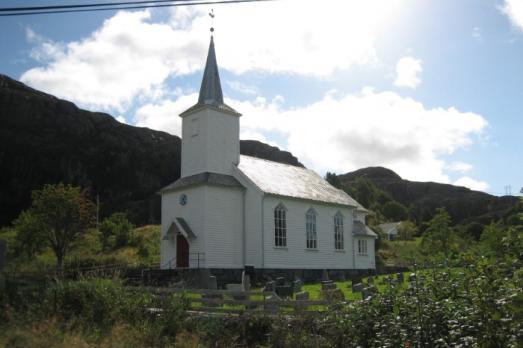Hersteld Hervormde Kerk
Hurdegaryp, NL
In 1935 the orthodox Reformed chapel was built. The evangelisation association ceased to exist. On Wednesday 25 January 2006 the chapel congregation was instituted as a Restored Reformed congregation. (55-06)
Here you can search for a building to visit. You can use the map find destinations, or you can use the filters to search for a building based upon what different criteria.
Hurdegaryp, NL
In 1935 the orthodox Reformed chapel was built. The evangelisation association ceased to exist. On Wednesday 25 January 2006 the chapel congregation was instituted as a Restored Reformed congregation. (55-06)
Driebruggen, NL
On Esdoornstraat 35, the Reformed Church officially opened a new church on Saturday, May 17, 2008. The church had been in use since March 21, 2008. There are approximately 500 seats. An electronic organ is located on the gallery opposite the pulpit. The benches, pulpit, baptismal font and psalm boards come from the Christian Reformed Church of Noordeloos.
Hardinxveld-Giessendam, NL
From 1 May 2004 to 2007, the Reformed Church of Giessendam/Neder-Hardinxveld and Sliedrecht used the church building of the Reformed Church of the Liberated in Hardinxveld-Giessendam for its religious services. Space was rented from an association for the elderly for catechism, Sunday school, Bible study groups and community evenings. However, the building of which these halls were part would be demolished in the short term. For the association work, the Reformed Church of Giessendam was allowed to use an office space, which however became too small due to the growth in the number of participants. In mid-June 2006, several sheds were purchased at Buitendams 215. One of them was demolished to create parking space. One shed was converted into a church with 350 seats. On Friday 14 December 2007, a new church of the Reformed Church of Giessendam was put into use at Buitendams 205. There were three barns at this location. Two of them were demolished to build the church. The parking lot was built on the site of the third barn. The design is by engineering firm Frank Klerks. The church has 349 seats.
Staphorst, NL
Built as Dutch Reformed Church. Crucifix church, built in 1952-54 against the tower of the previous church from 1763. Later expanded in stages to a very large church building with a higher tower.
Spijk, NL
Late Gothic. Three-sided closed, early Gothic choir, pseudo-basilica nave, of which the side aisle bays are covered by transverse saddle roofs, closed off by pointed gables, in which the windows continue. Internal columns and over the central nave wooden barrel vaults. The lower, three-sided closed choir dates from an older construction period. In the church some tombstones, 17th and 18th century. The restoration of church and tower was completed, spring 1967.
Elspeet, NL
Beautiful new church ("refodome") with tower. In use in May 2010. Congregation founded on May 1, 2004. After first joint use of the Dutch Reformed Church, a separate church building was put into use in 2010.

Hersvikbygda, NO
The Hersvik church is a long church from 1891, designed by Jacob Wilhelm Nordan, who modelled it on the nearby church in Fedje.
Genemuiden, NL
In order to accommodate the growth, a new multifunctional building was built in 1978 in a new district, the Hervormd Centrum, with a church hall of approximately 800 seats. In addition, services were held on Sunday mornings for a number of years in 'De Meente', a residential center for the elderly. In 2004, the building was used by the Restored Reformed Church, which took its own church building into use in 2012. In 2014, the Hervormd Centrum was renovated.
Ommen, NL
In Dutch Reformed Youth Building, out of use in 1958.
Meerkerk, NL
Neoclassical church from 1832. It is listed as a National Monument of the Netherlands.

new
The Chassidic Route is a cultural and historical trail tracing the rich legacy of Jewish communities in southeastern Poland and western Ukraine. This region was central to the rise of Chassidism in the 18th century. Here, we highlight 10 remarkable synagogues you’ll discover along this route.

he cradle of the Industrial Revolution in Germany, Chemnitz, is well-known for its industrial heritage landscape, but the city is also home to remarkable examples of religious architecture from different historical periods. Join us as we explore the key landmarks of this European Capital of Culture 2025.

The twin towns of Nova Gorica (Slovenia) and Gorizia (Italy), lying on the border between the two countries, have a rich religious heritage, steeped in centuries of tradition. If you are looking for ideas for your visit, take note of these 10 religious sites that you should not miss.